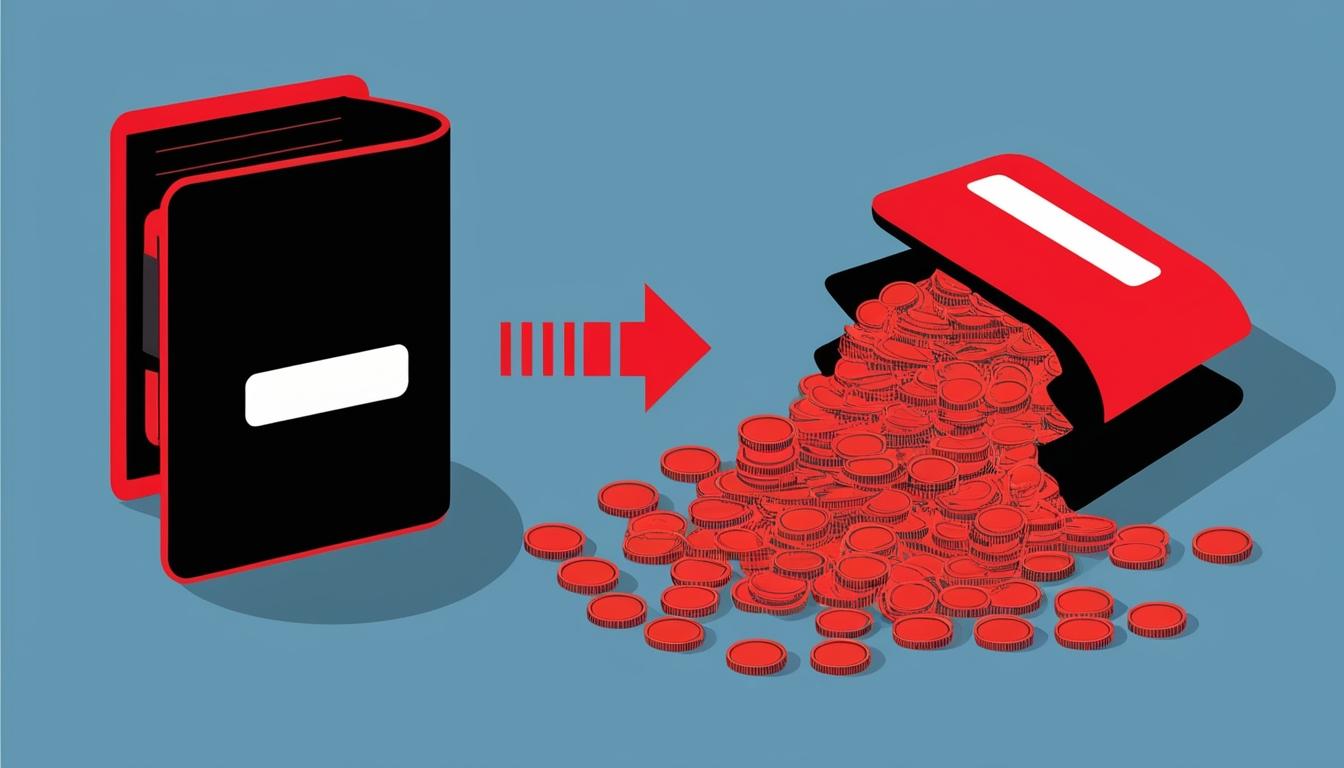Micropayment systems are transforming small-value transactions in today's digital economy, enabling businesses to explore novel monetization strategies for digital goods, services, and content. The integration of such systems, which facilitate transactions typically under $10, is becoming increasingly essential for firms seeking innovative revenue streams.
Micropayment systems are specialised methods designed to process very small transactions. Traditional payment methods often impose high fees on low-cost items, discouraging many businesses from selling at minimal price points. In contrast, micropayment systems are designed to optimise transaction processing for these small amounts, thereby reducing the burden of fees. Prominent examples of these systems include platforms like PayPal and Stripe, as well as blockchain solutions such as Bitcoin's Lightning Network.
Companies adopting micropayment systems can benefit in several ways. One significant advantage is access to new customer segments. With the ability to make smaller, frequent purchases, businesses can attract younger consumers who may be reluctant to commit to larger transactions or subscription models. This broader accessibility allows for higher sales volumes as the lower cost of entry encourages increased transaction frequency.
Moreover, the regular influx of micropayments contributes to improved cash flow management. For small businesses and startups, consistent revenue from frequent low-cost transactions can mitigate the challenges posed by irregular payment cycles associated with larger transactions. Additionally, the flexibility that micropayment systems offer allows customers to feel more in control of their spending, fostering improved customer retention as they are likely to engage in repeated purchases.
Data gathered from micropayment transactions also provides valuable insights into customer behaviour and preferences. Businesses utilising these systems can analyse factors such as peak purchasing times, popular product combinations, geographic purchasing trends, and the profitability of low-cost items. This information enables companies to refine their marketing strategies and better cater to consumer demands.
Several industries have successfully harnessed the power of micropayments. Notably, major news outlets like The Financial Times and The Wall Street Journal have implemented these systems to monetise individual article accesses. This strategy enables them to reach casual readers while maintaining traditional subscription models. The gaming industry has also embraced micropayments for in-game purchases, with companies like Epic Games recording substantial revenues, aided by small sales interacting with vast customer bases. Similarly, music streaming platforms have revolutionised their business models by paying artists based on individual streams rather than bulk album sales.
Despite these advantages, the implementation of micropayment systems does pose challenges. Security remains a critical concern for businesses and consumers alike, necessitating robust measures such as end-to-end encryption, secure payment gateways, and compliance with data protection regulations. Additionally, while micropayment systems typically feature lower fees than traditional methods, businesses must manage costs carefully. This could involve comparing transaction fees, optimising volume-based rates, or implementing minimum purchase thresholds.
User adoption also presents an obstacle, requiring clear communication about security, user-friendly interfaces, and educational resources to help customers navigate new payment systems. Incentives may also be employed to encourage initial use.
The selection and implementation of a micropayment system involves a comprehensive process. Businesses must assess their model and industry, target consumer preferences, and anticipated transaction volumes before integrating the chosen platform with their existing systems. Following a thorough testing phase, staff training and customer education strategies should be developed to ensure smooth deployment.
Looking ahead, the influence of emerging technologies such as blockchain and artificial intelligence is expected to further enhance the efficiency and security of micropayment transactions. Businesses that adopt these systems in advance may gain a competitive edge in adapting to shifting consumer demands and capitalising on emerging market opportunities. The evolution of micropayment systems signifies a shift in the way businesses can monetise digital content and services, charting new pathways for revenue generation in the modern economy.
Source: Noah Wire Services
